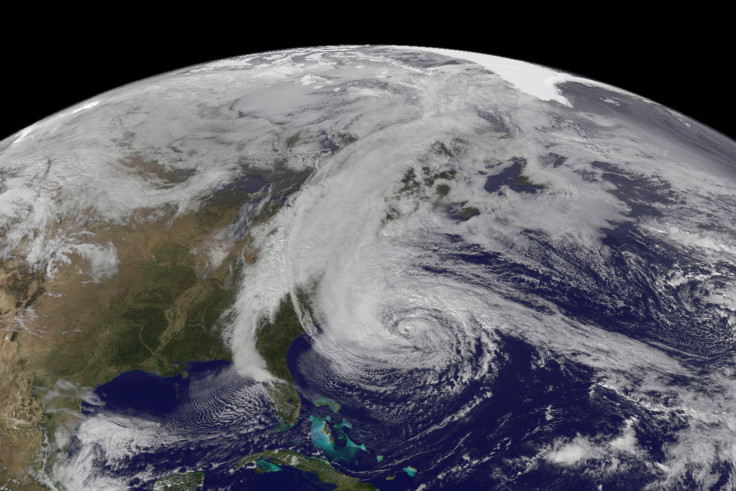NOAA: Forecasts Active Atlantic 2013 Hurricane Season, Up To Six Category Five Hurricanes

One week before the official start of hurricane season on June 1, the National Oceanic and Atmospheric Administration, or NOAA, announced Thursday that the Atlantic hurricane period is anticipated to be more “active" than average this year.
NOAA estimated that there is a 70 percent chance of up to 20 severe storms occurring over the next six months.
According to NOAA’s Climate Prediction Center, 13 to 20 storms could occur this hurricane season, with seven to 11 of those storms potentially forming into hurricanes.
Three to six of the upcoming storms are said to have the potential to be ranked Category 3, 4, or 5 on the Saffir-Simpson scale, with winds reaching a minimum of 111 mph. The forecast is above-average compared to previous years, when the maximum estimate was for 12 storms with the possibility of three major hurricanes.
While the predictions are not based on hurricane landfall forecasts, NOAA's acting administrator Kathryn Sullivan, said the estimates were released as a precaution after the East Coast was ravaged by Superstorm Sandy last year.
“Everyone at NOAA is dedicated to providing life-saving forecasts in the face of these storms and ensuring that Americans are prepared and ready ahead of time,” said Sullivan, who warned that torrential rain, flooding and tornadoes are also threats during hurricane season.
The cause for the increase in storms was confirmed to be a result of the warming of the water temperature in the Atlantic Ocean and Caribbean Sea.
The announcement comes one day after USA Today reported that one of the country's main weather satellites failed Tuesday, making it difficult for meteorologists to predict weather patterns on the East Coat, a mere eight days before the beginning of this year’s hurricane season.
According to the report, the Geostationary Operational Environmental Satellite, also known as GOES-13, ceased to operate, requiring the NOAA to utilize the West Coast’s satellite, GOES-15, until the satellite can be replaced.
© Copyright IBTimes 2024. All rights reserved.












